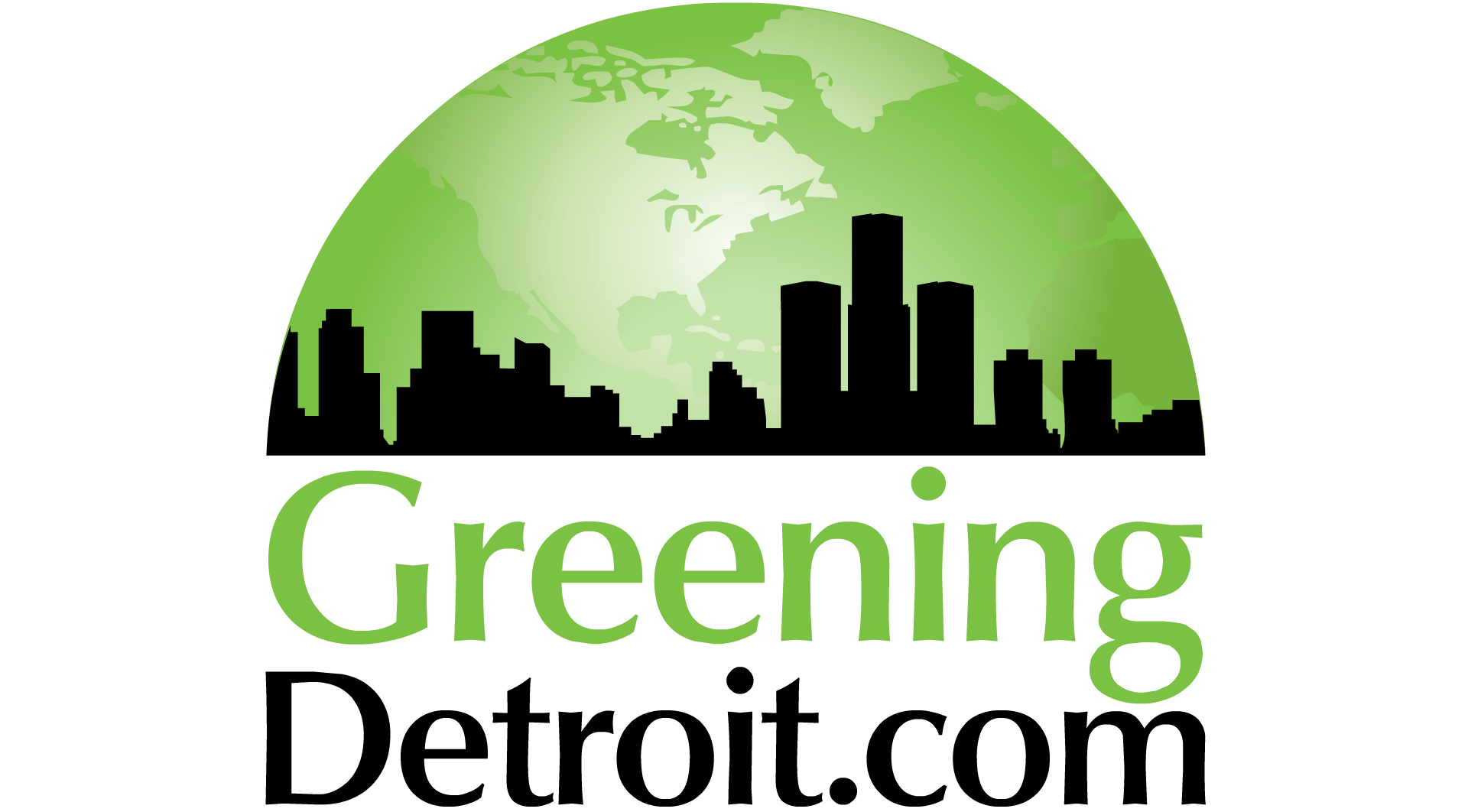Cuyahoga County Issues Request for Proposal for Further Avian Species Study on Lake Erie Wind Energy Project
CLEVELAND- Cuyahoga County Prosecutor Bill Mason announced that the Great Lakes Energy Development Task Force (Task Force), under the authority of the Cuyahoga County, Ohio Board of County Commissioners has been authorized to solicit proposals from agencies and organizations interested in providing Avian and Bat ecological studies. More

